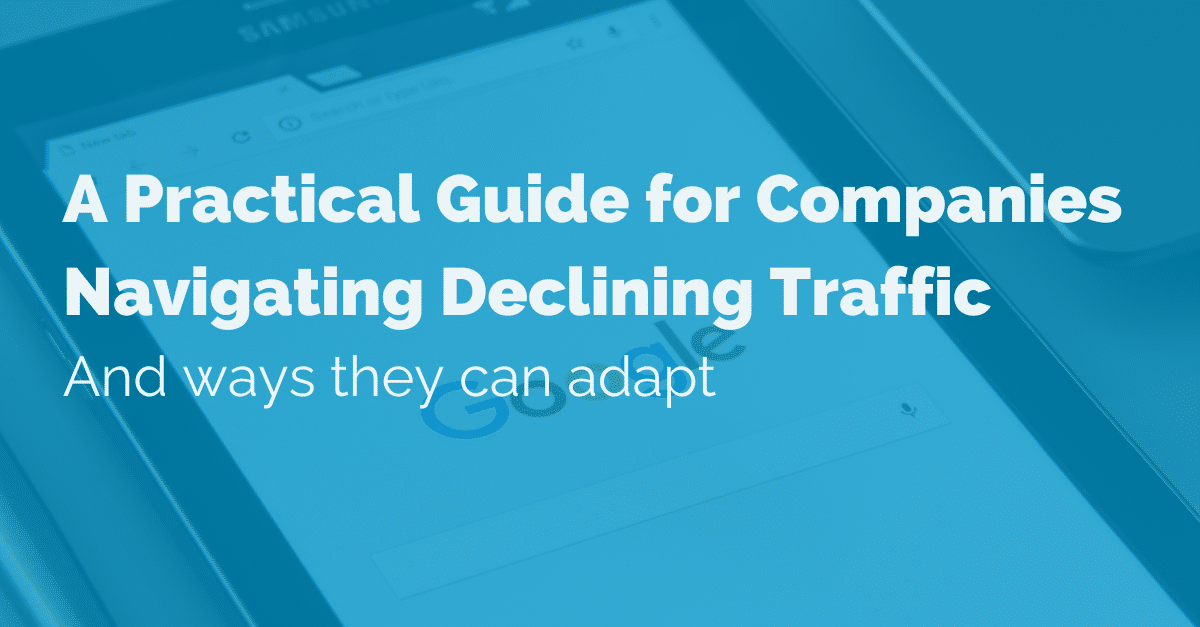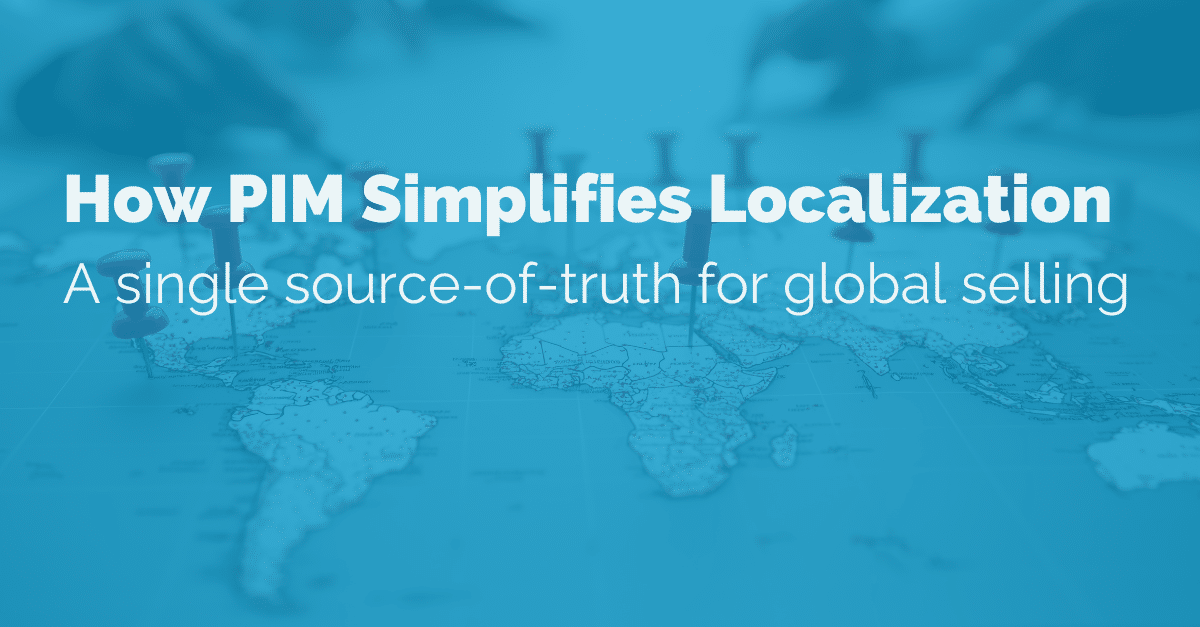1. Rule-based validation
Pimberly AI enables you to enforce rules and constraints on product data input, validate product data, and ensure it is error-free and consistent. Your predefined criteria make it easier to manage massive amounts of product details using customized validation rules such as:
- Differentiating between numbers and letters
- Ensuring specific fields are populated before publishing
- Attribute compliance rules based on the marketplace
- Range of specific values such as measurements, i.e. fits from 4 feet to 6 feet models
- Predefined formats to define the number of digits required for customer or order numbers, proper country codes, etc.
- Consistency suited to your brand’s specific formatting rules to improve customer experience and ease of use for things like sizing charts
- Coding for various elements such as the brand, part numbers (MPN), serial numbers, etc. to avoid duplications
You choose the rules, whether it is based on your own e-commerce platform, cataloging requirements, or specific channels and marketplaces. Rule-based validation is the best way to avoid errors, duplication, mismatched images in product descriptions, improper formatting by marketplace, and more. You can improve SEO for search engines as well as customer product searches on your eCommerce platform.
2. Historical validation
An advanced PIM system supports both your e-commerce and marketing activities using enriched product data. BUT your team needs to review product data for errors and monitor results based on content context. Pimberly uses AI to perform historical validation as part of an ongoing data enrichment process based on historical algorithms. For example, our AI uses machine learning algorithms and recognizes data patterns to flag non-compliant data. As a result, you improve customer experiences by ensuring your data conforms with customer preferences for each marketplace.
However, through machine learning, AI not only identifies patterns and learns how to recognize anomalies but also uses your team’s historic corrections in the process. For example, this could include consistency in brand tone or proper spelling for specific marketplace locations. It also learns standard terms used to avoid mislabels and other issues that may affect data quality and customer experience.
3. Image-based validation
Image recognition is one of the most exciting prospects for including AI in your PIM. It can validate image data by recognizing patterns, identifying objects, and flagging inconsistencies or errors. This streamlines the process to improve insufficient product information. Your team can automate manual product data enrichment steps by adding detailed attributes based on image classifiers as part of your rule-based validation. As a result, product deployment is automated, collecting image data ready for use by your team.
In essence, once a new image is stored on your PIM, AI retrieves and classifies the image, analyzes it, maps out information based on things such as pre-defined product attributes, and then stores that information with the image in the appropriate formats. All of these steps are performed without the need for manual intervention. You can then have product coordinators double-check the data so it is ready for customer-facing applications.
4. The human/AI connection
AI acts as the automated conduit to streamline the data collection and organization process. The beauty of the human/AI connection is that with every human revision made through your process checks, AI absorbs that information as part of the ongoing machine-learning process. The AI then applies those newly learned changes so it can apply them to the next round of data validation.
New data is collected, new data rules are learned, and AI perpetually self-trains to improve data accuracy and quality. This is the most critical aspect of the human review process, as it optimizes AI accuracy, further reducing the time it takes to correct errors at the human end. As a result, the human workload is reduced, and your overall data validation process is optimized.
















